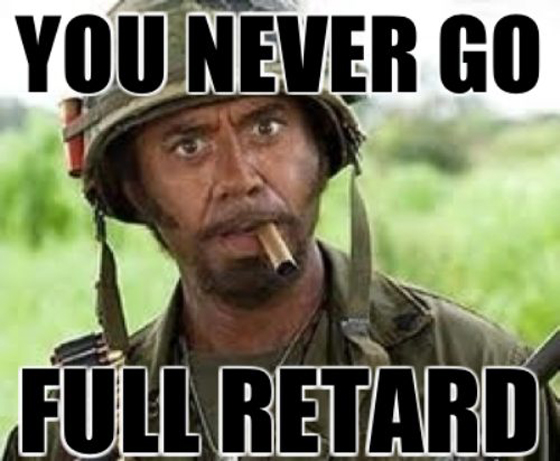I think only look at the exchange rate is just short sighted. No central banks look at the exchange rate of their currency to decide their monetary policy, money is only one of the tool to facilitate certain activities
I even think letting the free market decide (e.g. everyone seeking maximum profit from their own point of view) is not going to help
Just look at the example of classic mining fund: you can rent hash power to mine classic blocks. And one of the chinese miners openly said if you pay 2000 btc they will assign 10P to mine classic blocks. So miners just discovered a new way to make money: Create political conflicts in the community and assign hash power to the highest bidder
You can see, following this route how corrupted the whole bitcoin ecosystem will quickly become. Without regulation for market participants, everyone will invent a way to make money by utilizing the system weakness of the market, and try to change the rules to benefit them more
I think blockchain qualifies as a innovation in transaction technology, but it does not qualify as a means to solve the centralization and the following corruption problem. In fact it might evolve into the most corrupted place in the world since there is no regulation






